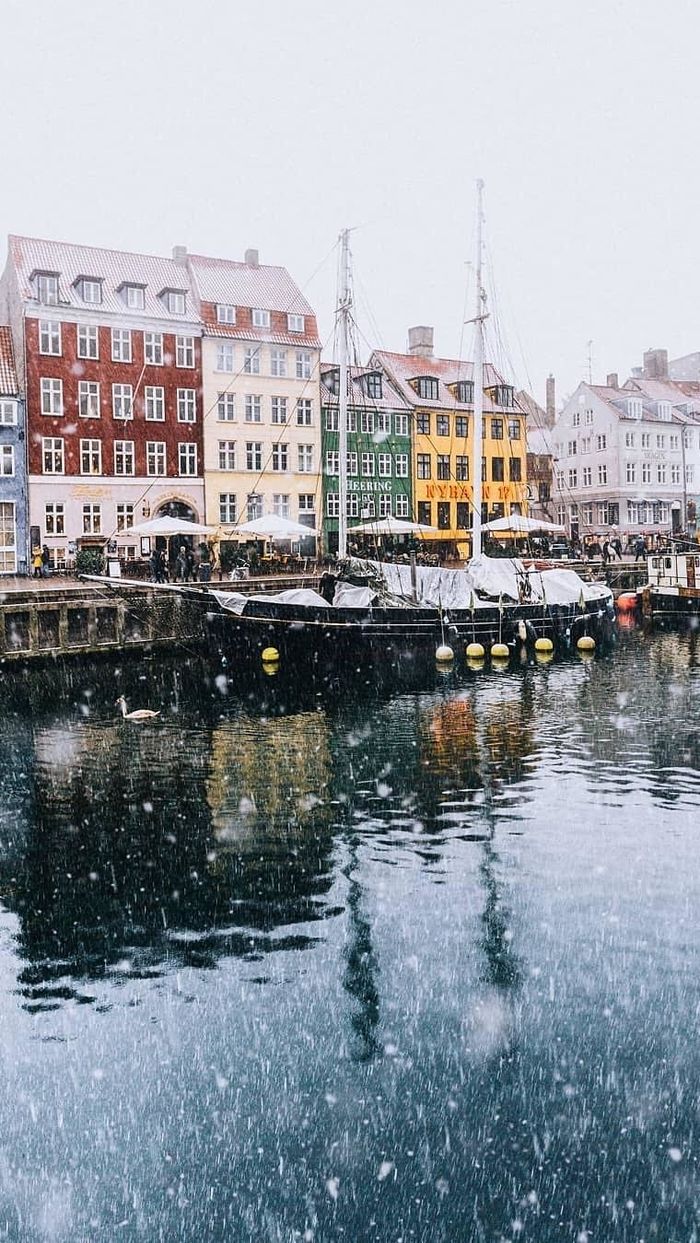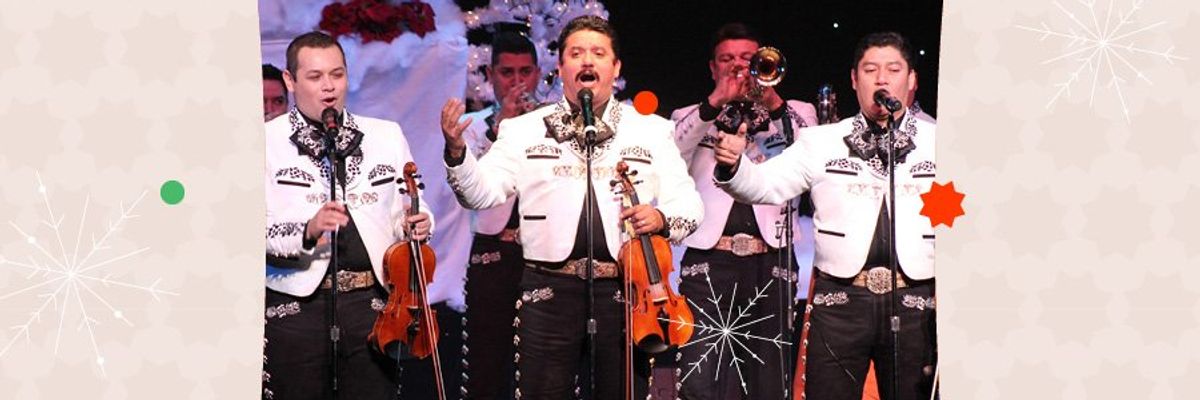If you're shopping for an inferiority complex, Copenhagen is a great place to start. Impossibly good-looking and enviably progressive, this Nordic "It" city can make the best of us feel as though we were troglodytes.
Bicycles outnumber cars, locals swim in pristine downtown waterways, and renegade chefs go foraging in the forest. The city emanates an easy cool that makes the brazen boasts of attention-seeking megacities seem, well, positively childish. Dubai can keep its Burj Khalifa; Copenhagen is far too busy perfecting the good life.
If you have any doubt that Copenhagen does it better, wake up in time for rush hour. A modern purgatory in most cities, it's an enchanting spectacle in the Danish capital. City streets flood with pedaling commuters, from inked hipsters to high-profile government ministers. It's not a fad; it's how the locals roll. Almost 40 percent of Copenhageners do their daily trek on a bicycle seat, collectively pedaling more than 1.2 million kilometers each day on 650,000 bikes. Not bad for a city of 1.2 million people. My Copenhagen mornings usually begin in this torrent of two-wheeled virtuosity, with one eye on the road ahead, and the other on the passing parade of chiseled eye candy. It's as though I were cycling through a modeling convention. That one city can have so much GQ potential seems unfairly disproportionate, but it's wholly appreciated.
Fine form is not limited to the city. After all, this bite-size nation gave the world such design greats as Poul Henningsen, Verner Panton, and Arne Jacobsen. Their functional creations grace offices, living rooms, and my rainy-day go-to, the Designmuseum Danmark. Like cycling, good design in Copenhagen is not a happy accident; it's purposeful intention. You'd be hard-pressed to find a local who didn't know a Henningsen lamp when she saw one. Chances are, her bedstemor (grandmother) had one hovering above the table. I myself have spent many an afternoon drooling over such classics at Illums Bolighus, a blockbuster design store dedicated to the ergonomic, the beautiful, and the refreshingly useful.
(Bjorn Olsson)
The Blue Planet Aquarium was designed by architects at 3XN to resemble a giant whirlpool.
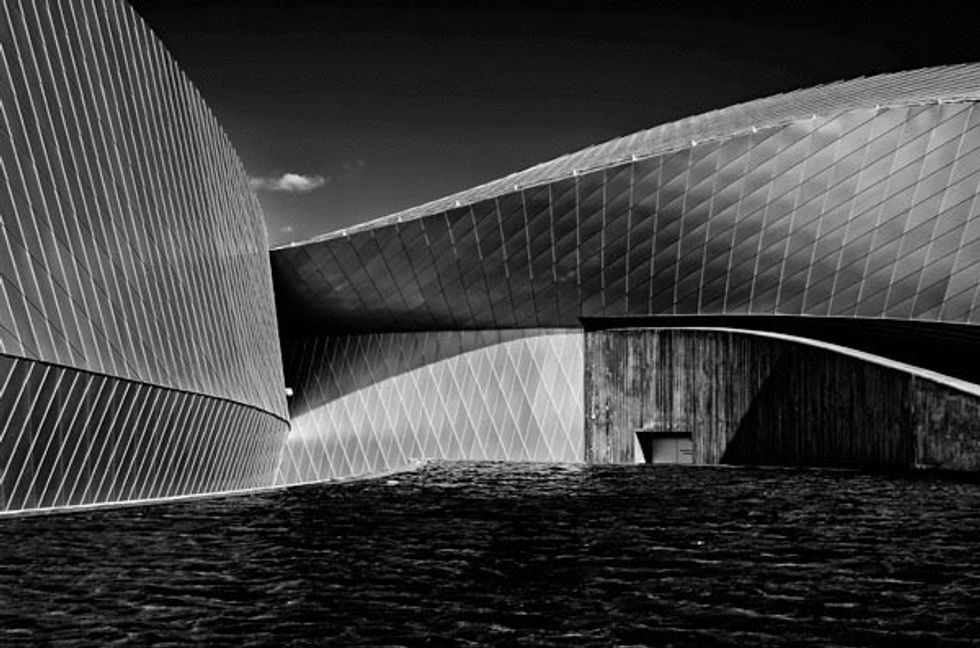
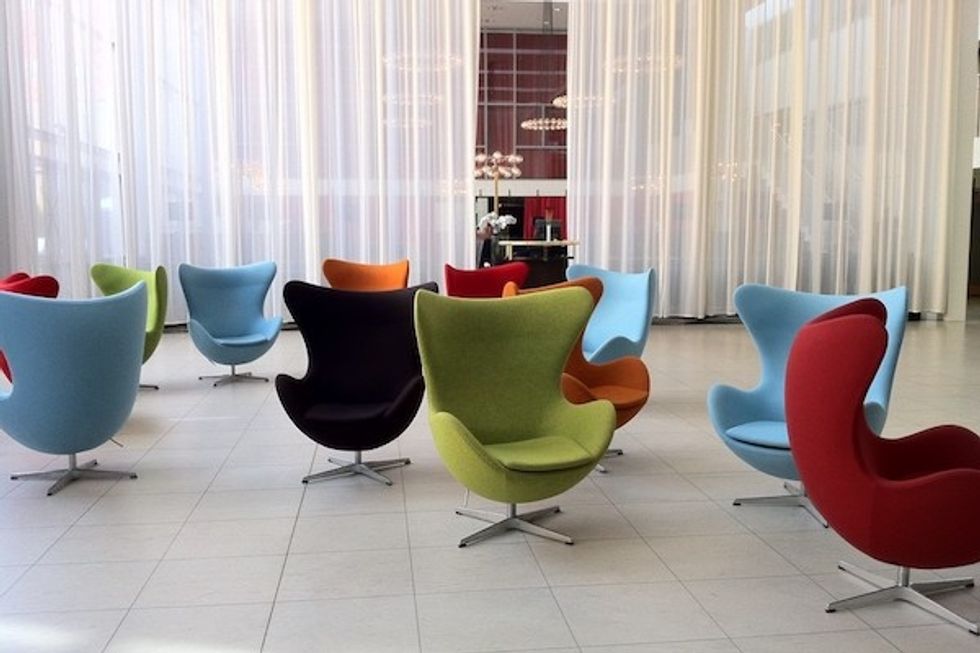
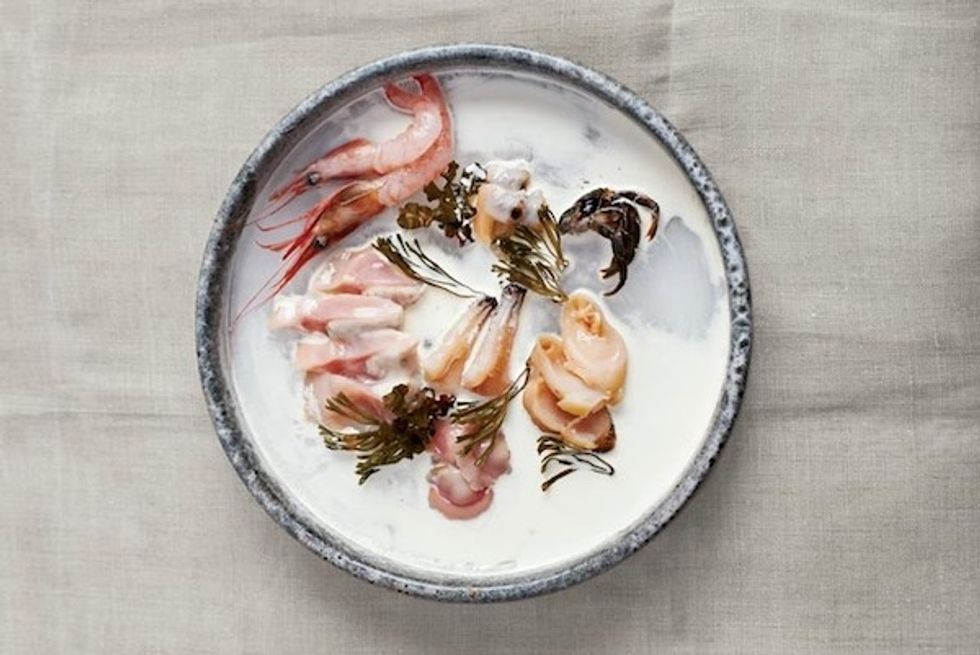
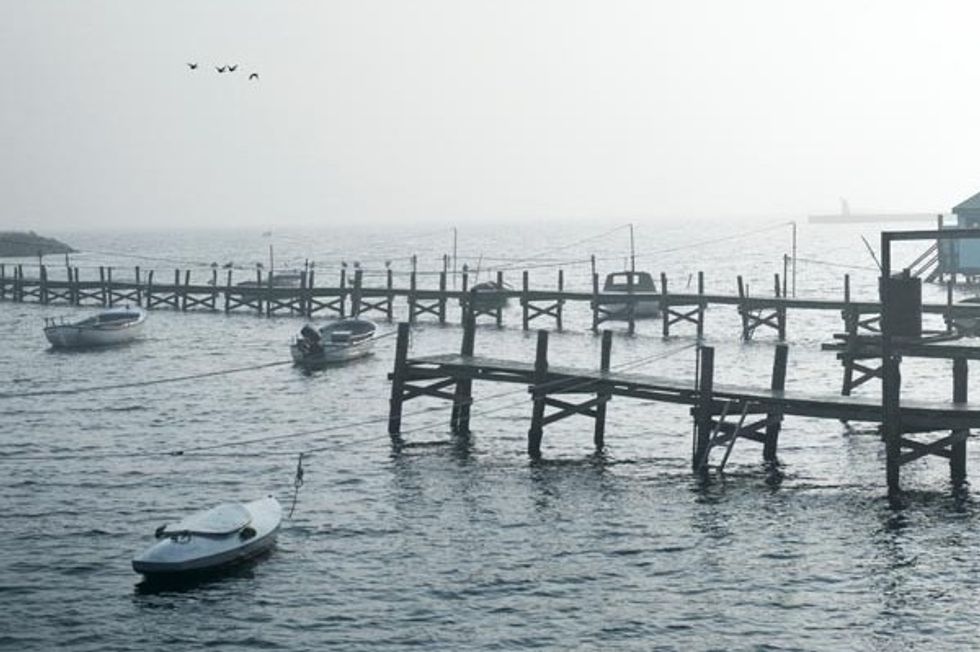
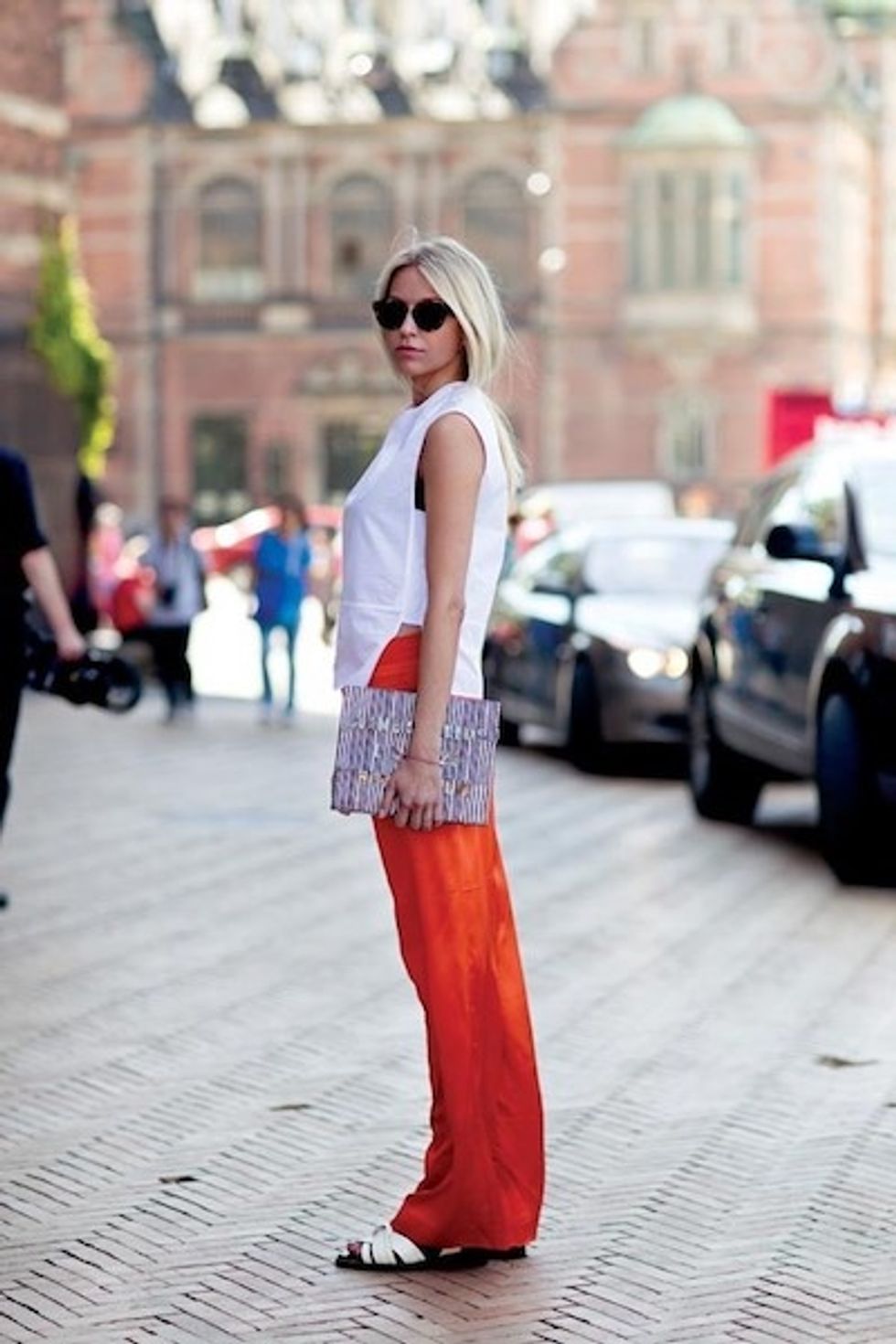
I usually pass Illums Bolighus on my way to Torvehallerne, Copenhagen's revamped central market. Even this is an aesthetic triumph: two clean-lined glass halls on a cobblestone square—one packed with produce, cheeses, and seafood plucked from icy seas, and the other lined with prêt-a-manger (ready-to-eat) food stalls that serve everything from seasonal porridge to wood-fired pizzas. The Coffee Collective, a microroastery whose velvety espresso could make your average Neapolitan weep, is always my first stop. It's a far cry from the days when Copenhagen was a coffee wasteland of beige chains pouring what Italians dub acqua sporca (dirty water). I hail from the great coffee city of Melbourne, Australia, and I always felt it was one of my few trump cards in Copenhagen. These days, that card is slipping from my fingers.
Torvehallerne and its army of artisan purveyors are emblematic of Copenhagen's culinary transformation. In fewer than 15 years, the city's rye–and–starch food scene has bloomed into a culinary wonderland. Driven by sustainability, creativity, and a rediscovered reverence for their own regional bounty, a wave of visionary chefs has created the New Nordic cuisine, food as pure and invigorating as Scandinavia itself.
The undisputed poster child of the New Nordic revolution is Noma, a place where quail eggs are pickled and smoked and scallops are dehydrated and paired with beechnuts. (The two-Michelin-starred Noma closed its doors back in February 2017 for relocation; it reopened just this month.) Its food is enough to make me gasp, swoon, and Instagram, but I don't want to get too carried away, because it is just one in a growing parade of Copenhagen restaurants reinvigorating the palates of patrons from across the globe. In that crowd is Kadeau, a seasonal restaurant I first stumbled across on a research trip to Bornholm, a windswept Baltic island famed for its røgeri (smokehouses). Over a long lunch, Kadeau co-owner Rasmus Kofoed shared with me the virtues of sorrel and his future plans to open a year-round Kadeau restaurant in Copenhagen, complete with the original's soft, rustic elegance. Now, he has. When I am in town, this is where you will find me, quietly marveling at the ingenuity of pairing spelt with pine and at the modesty of the Kadeau owners and their equally lauded peers. No hype, no ego, no attitude—just stunning food.
In a way, these young guns embody the city itself. Despite global accolades, coveted style, extreme creativity, and an undeniable X factor, Denmark's urban overachiever continues to keep it real. As I ride alongside the swimmable harbor, catching the shy smile of a passing cyclist, I humbly concede the obvious: Copenhagen could teach us all a few lessons. —Cristian Bonetto
Ready. Steady. Go!
Copenhagen is Scandinavia's pocket rocket: a compact powerhouse of svelte design, enlightened attitudes and impossibly high cheekbones. Cooler than Stockholm and edgier than Oslo, it's an understated wonderland of cycling ministers, iconic Modernist furniture, and renegade chefs conquering the world, one New Nordic dish at a time. After all, this is the home of culinary Holy Grail Noma, of visionary chef Rene Redzepi, and of no less than 15 Michelin-starred restaurants. Surprised? Copenhageners aren't very good at boasting. They're far too busy perfecting the good life in Europe's most liveable city.
Get There: Fly to Kastrup International Airport
When to Go: June through August
Who It's For: Design lovers, city seekers, foodies
Stay at Nimb: It's not hard to succumb to the best in Scandi design at this 14-rrom boutique hotel. Three on-site restaurants and a separate cocktail bar are simply bonuses in this well-appointed respite. Rooms feature luxury linens, fireplaces and views of Tivoli Gardens. Gaze out while enjoying the quality sound of your Bang and Olufsen sound system.
Eat at: Noma reopened in February 2018 in a new location with a fresh concept: Chef René Redzepi will divide the year into three seasons with dramatically different menus, each based upon available ingredients. For his opening season, Noma will focus on Scandinavian seafood. // Kadeau is a must to dine at this progenitor of the New Nordic cuisine movement. The atmosphere and cuisine all celebrate the quaint island of Bornholm; think fresh seafood and foraged greens and fruit served in a simple rustic setting. // Trade your west coast avocado toast for smørrebrød, the classic open-face sandwich traditionally served on rye bread, at Aamanns 1921, which serves a number of elevated variations. The restaurant itself is also in a surprising location: a WWII bomb shelter. // The Michelin-starred restaurant inside the Hotel d'Angleterre, Marchal serves three meals a day. At breakfast, choose a window seat to watch the beautiful things pass by; dinner brings elegant dishes included caviar, canard a la presse, and steamed turbot.
Drink at: One of Mikkeller's three original locations. Grab a pint at MikkelIer Bar; when you you want food, head a block down the street to Mikkeller and Friends; then pick up a souvenir to take home from Mikkeller Bottle Shop, located in a small market across town, where you'll find Mikkeller-branded whiskey and gin in addition to your favorite brews.
Catch a train: to suburbia to visit the world-class Louisiana Museum of Modern Art, stunningly set on the Baltic Sea, overlooking Sweden. The permanent collection showcases works by Picasso, Dubuffet, Warhol, Kiefer, and an extensive sculpture garden. Even if you're not a fan of modern art, the setting aloneis worth the half-hour excursion.
Shop for the best in Danish design: Leave a little extra room in your bags for housewares from Illums Bolighus and Hay House.
Have some fun at: Tivoli Gardens, the second-oldest amusement park in the world, opened its doors in1843. But don't worry: Its wooden roller coaster, Rutschebanen, is slightly more modern—built in 1914, it is one of the oldest wooden roller coasters still operating today.



